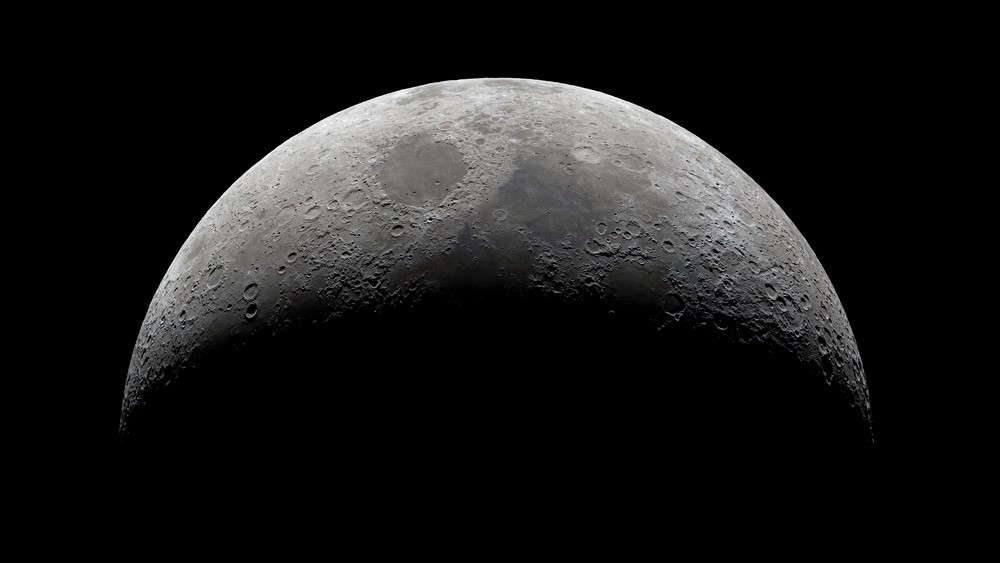China's Chang'e 5 rover detects hints of water on the moon
The hydrated molecules were found inside a rock sample retrieved by China's Chang'e 5 mission in 2020

Scientists in China have discovered water molecules trapped in lunar rocks, upending past assumptions that the moon's surface is dry.
The rock samples, collected from the moon's surface and brought back to Earth by China's Chang'e 5 mission in 2020, contain crystals filled with "hydrated molecules," according to the Chinese Academy of Sciences.
Samples brought back by the U.S. Apollo missions in the 1960s and 1970s revealed no traces of water, leading scientists to believe that much of the lunar soil was completely dry. But later remote sensing from lunar satellites has detected water on the moon, especially near its colder poles.
Now, new research published July 16 in the journal Nature Astronomy has finally found firsthand evidence of the moon's hidden water, potentially laying the groundwork for future resource extraction and base building on our nearest natural satellite.
The findings also suggest "that water molecules can persist in sunlit areas of the Moon as hydrated salts," the researchers wrote in the study.
The Chang'e 5 mission, named for a Chinese goddess of the moon, was the fifth in a series of Chinese missions to the moon. Chang'e 5 landed on the lunar surface to scoop up material before returning to Earth with its cargo in December 2020.
Related: China reveals most detailed geological map of the moon ever created
Get the world’s most fascinating discoveries delivered straight to your inbox.
Since then, scientists have been analyzing rocks in the returned sample and have now revealed the presence of a mineral with the chemical formula (NH4)MgCl3·6H2O, which contains more than 40% water.
The discovery will help China to improve its understanding of the resources available on the moon, which it hopes to use in future space missions.
The similarity of the mineral to volcanic rocks found on Earth hints that it was likely produced by now-extinct volcanoes on the moon. And it's not just the water's presence that has the scientists excited — ammonia, another key ingredient of rocket fuel, was also found trapped inside.
"The presence of ammonium indicates a more complex lunar degassing [volcanic] history and highlights its potential as a resource for lunar habitation," the researchers wrote in the study.
China is not the only country that seeks to benefit from the moon's natural resources — NASA administrator Bill Nelson has previously said that the speed and progress of China's lunar missions effectively put the country "in a race" with the U.S. to get to the moon's south pole.
"My concern is that they get there first and then say: 'this is our area, you stay out,'" Nelson told lawmakers at a congressional hearing on April 30. "Because the south pole of the moon is an important part. We think that there is water there, and if there's water, then there's rocket fuel."
China has recently landed rovers on the moon and Mars and completed construction of the Tiangong space station in 2022. It is also leading the construction of the International Lunar Research Station, which is slated for completion by 2030.

Ben Turner is a U.K. based writer and editor at Live Science. He covers physics and astronomy, tech and climate change. He graduated from University College London with a degree in particle physics before training as a journalist. When he's not writing, Ben enjoys reading literature, playing the guitar and embarrassing himself with chess.


